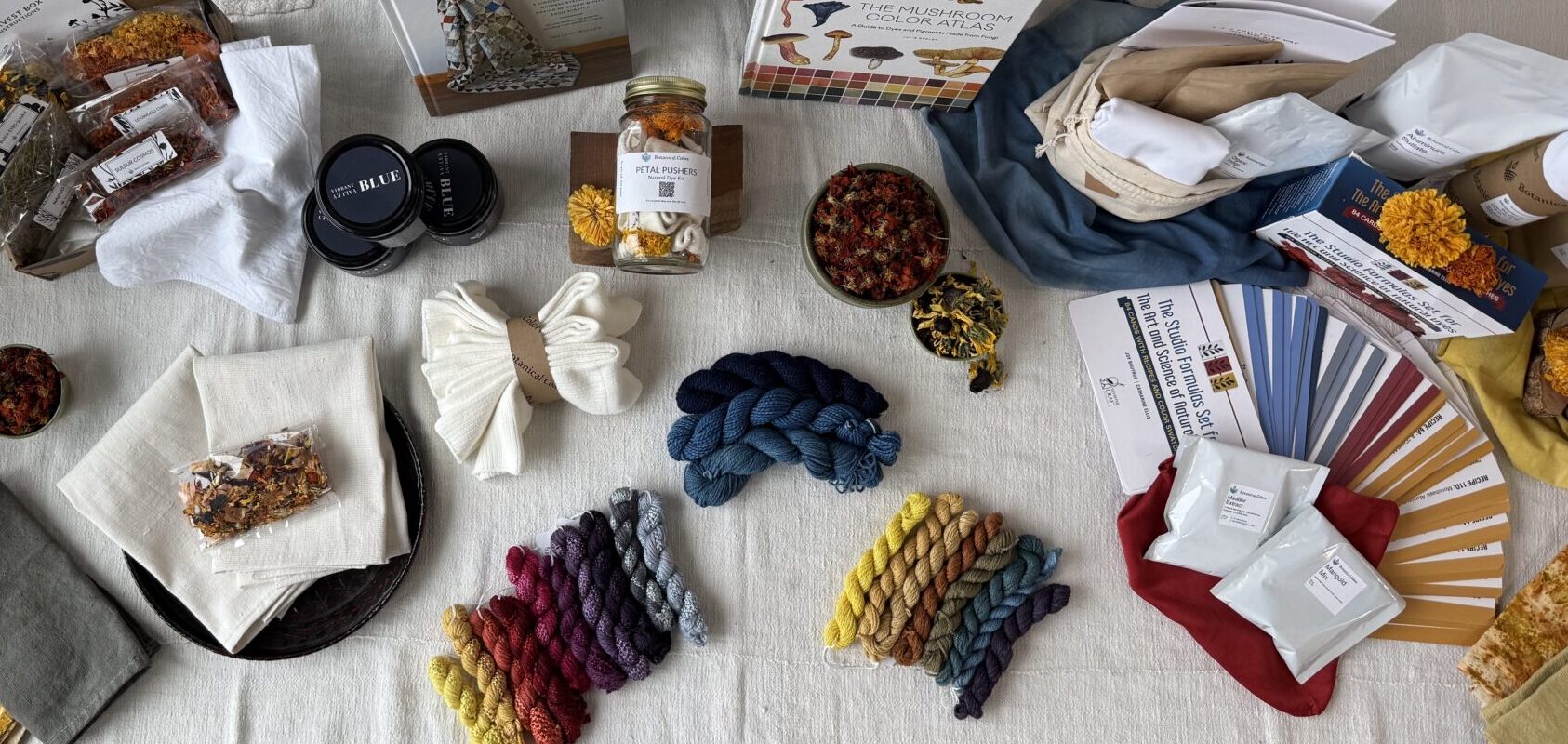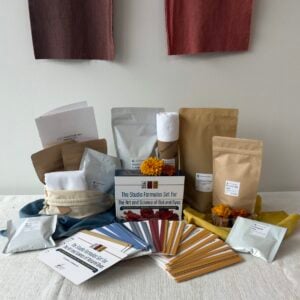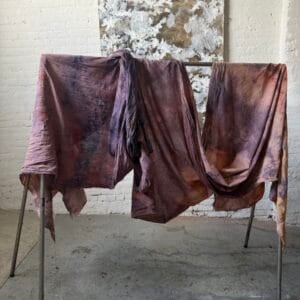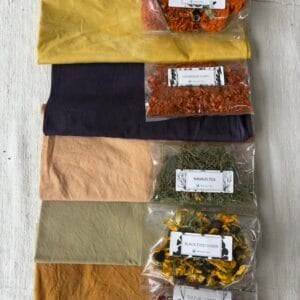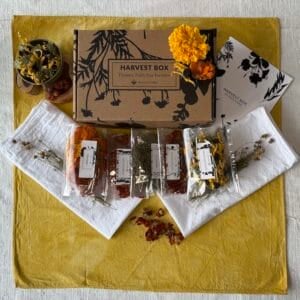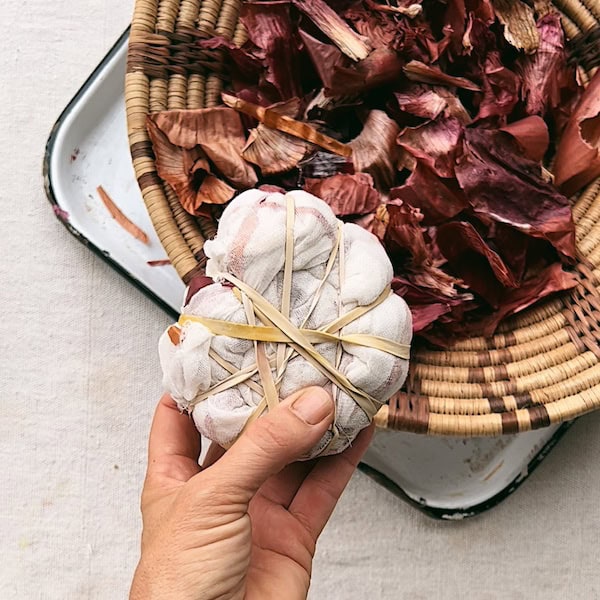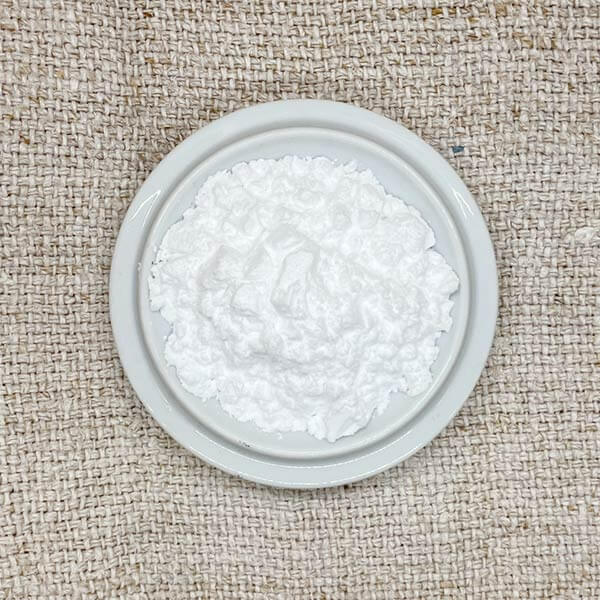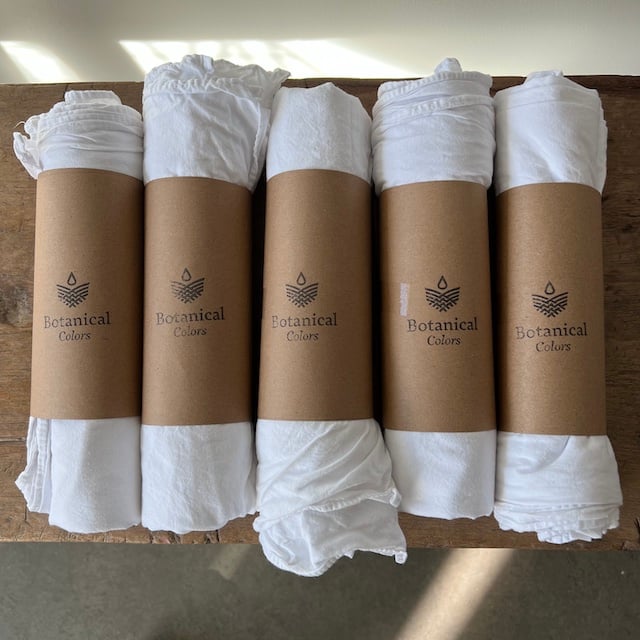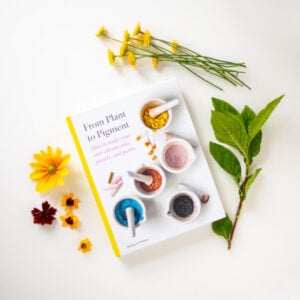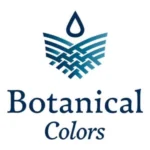Free ground shipping on all domestic orders over $125
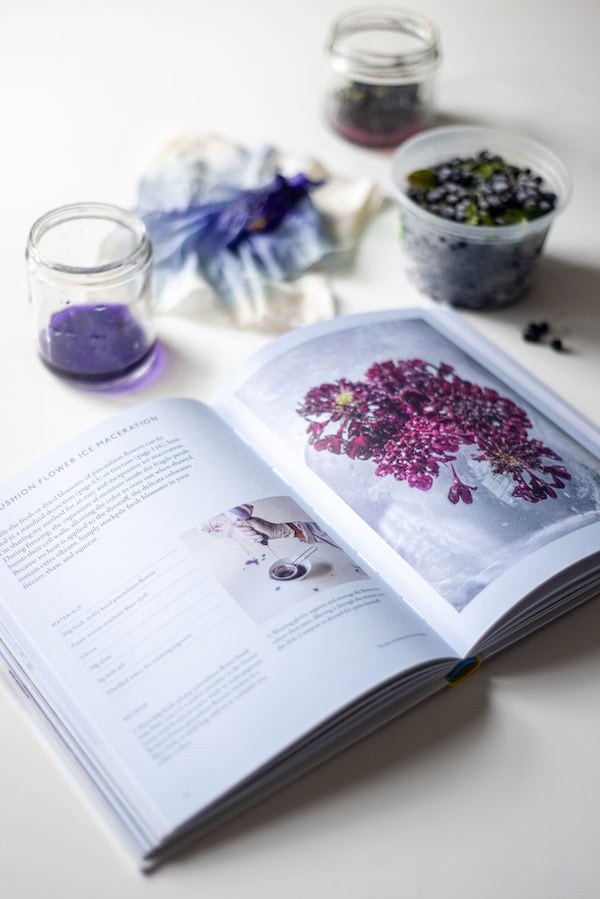
Featured Workshop
From Plant to Pigment: Cook the Book with Natalie Stopka June 25-28, 2026:
$750.00
In this four-day workshop, participants will follow along with Natalie to cook their way through her book From Plant to Pigment: How to make your own vibrant inks, pastels and paints, concocting a rainbow of lake pigments from a variety of extraction methods. We’ll also dip into indigo pigments, charcoal, ink, and pastel. Working through the recipes with Natalie’s guidance, we will reveal the operative chemistry of botanical pigments, come to grips with the question of lightfastness, and learn to control the value, saturation, translucency, and opacity of our colors.
This workshop is designed to provide a solid technical foundation, along with rich context for artistic inspiration and conceptual connectivity. Participants will leave with a travel case of 12 watercolors in brilliant hues, and the knowledge to continue expanding their palette with handmade botanical pigments. Don’t let From Plant to Pigment suffer the fate of so many art manuals and cookbooks: sitting on a shelf to gather dust, their contents unplumbed and lessons unlearned!
BROWSE OUR PRODUCTS
Natural Dyes
Mordants and Assists
Fabrics and Dyeables
Explore our Bundles & Kits
We’re Here to Help You Get Started
Explore our extensive How To Guides. We cover everything from Mordanting ( prepping your fibers ), to the different types of Indigo vats to how to use our extracts and more!
We’re here to help.
